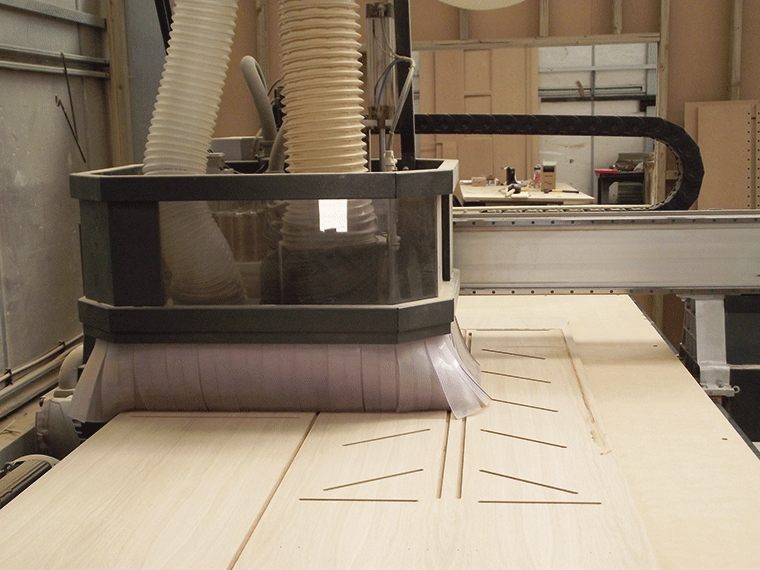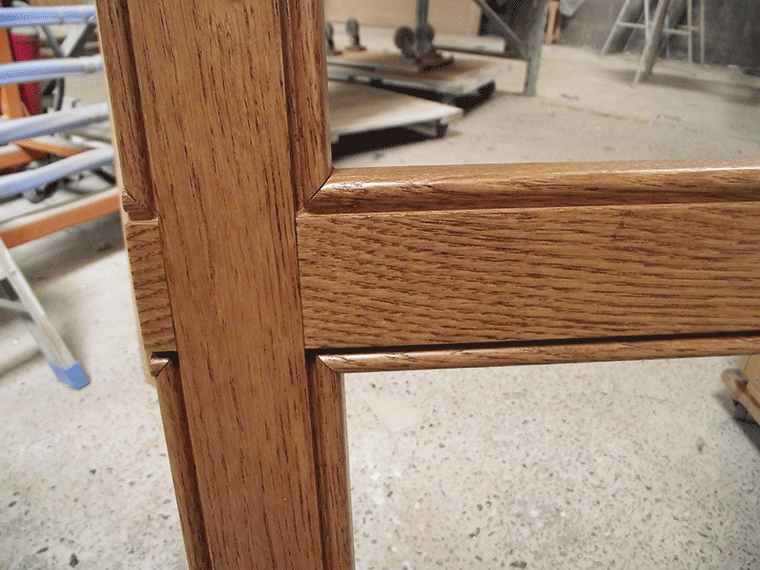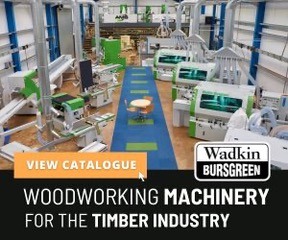“Cabinet Vision turns people who are unskilled in the craft of woodworking, into valuable, core members of staff, doing what used to be a highly skilled job.”
Those are the words of Brandon Collins, owner and managing director of quality kitchen specialist Crabtree and Hargreeves.

The Essex-based company is a recent convert to CNC machinery and CAM software. Until investing in a Felder Format 4 Profit H08 machine tool with 10ft x 5ft bed size, designs were done in SketchUp, and what he describes as ‘crude cutting lists’ were then created with plug-ins, to use with its panel saw.
“The issue we had was that even if we were just 1mm out with a couple of parts on the panel saw it added up to a product that wasn’t accurate. This prompted us to go down the CNC route. Felder understood that this was our first CNC machine and that we had no experience of them. They helped us every step of the way, and recommended Cabinet Vision as the best software for driving the machine to do what we needed. It eradicates all errors, as the design is faithfully reproduced in the NC code.”
While Brandon Collins’ background is in cabinetry and woodworking, his team is not all from a cabinetry background. But he says Cabinet Vision means it doesn’t have to be. “They have state-of-the-art computer skills, and using the software makes them extremely valuable employees with a different skill set from traditional craftsmen.”
Brandon is the company’s main designer using Cabinet Vision, which also creates NC code sent to the Felder through the software’s Screen2Machine module. His son, Bradley, handles the manufacturing operation on the machine.
“When we start a new job in Cabinet Vision we put all the customer’s details on the Job Page, and set the specification which includes everything such as the carcass material, frame type, hinge type, and construction method – we normally use the blind dado method for everything we do, wherever possible. Then we drag the objects into the room, to wherever we want them. Double clicking brings them up into section mode, and we break everything down. Everything’s completely customisable – doors, drawers, bore holes the list is endless.”

He says they also use it for plug cutouts. “Instead of the fitters cutting out where plug sockets go inside cabinets, we set it up onscreen and the machine simply cuts them.”
As well as accuracy, Cabinet Vision also provides considerable time savings, increasing their capacity and enabling them to take on additional business. “When we were using the panel saw, it used to take a day to produce cabinet cut lists for one kitchen. And after that, it was about a week to get everything cut and fully machined, drilled, and hinge holes and screw holes for runners cut, and ready for assembly. Now the entire process takes about a day and a half.
“Once the design is finished, we simply send the NC code to the machine, using Screen2Machine, and once it’s gone from the computer to the machine there’s no scope for any errors.”
And he says while just one person can run the Felder, their production throughout the day would be the equivalent of three or four people. “Cabinet Vision is the future of Crabtree and Hargreeves. It’s core to everything we make. Even if we’re just doing a simple frame and carcass drawing, it goes through the software. And it all helps to keep the production workflow running smoothly. As one kitchen’s coming off the machine, the next one’s leaving the screen and the process starts again.”
In conclusion, he says their biggest challenge, prior to taking their CNC and CAM route, was using several pieces of software in their processes, to achieve what was required. “Now everything’s done through Cabinet Vision, from the initial design, through production drawings, giving customers photo renders, elevation drawings where required, to the parts coming off the machine. And the amount of information we can extract from the system is huge, compared to what we were getting before.”








